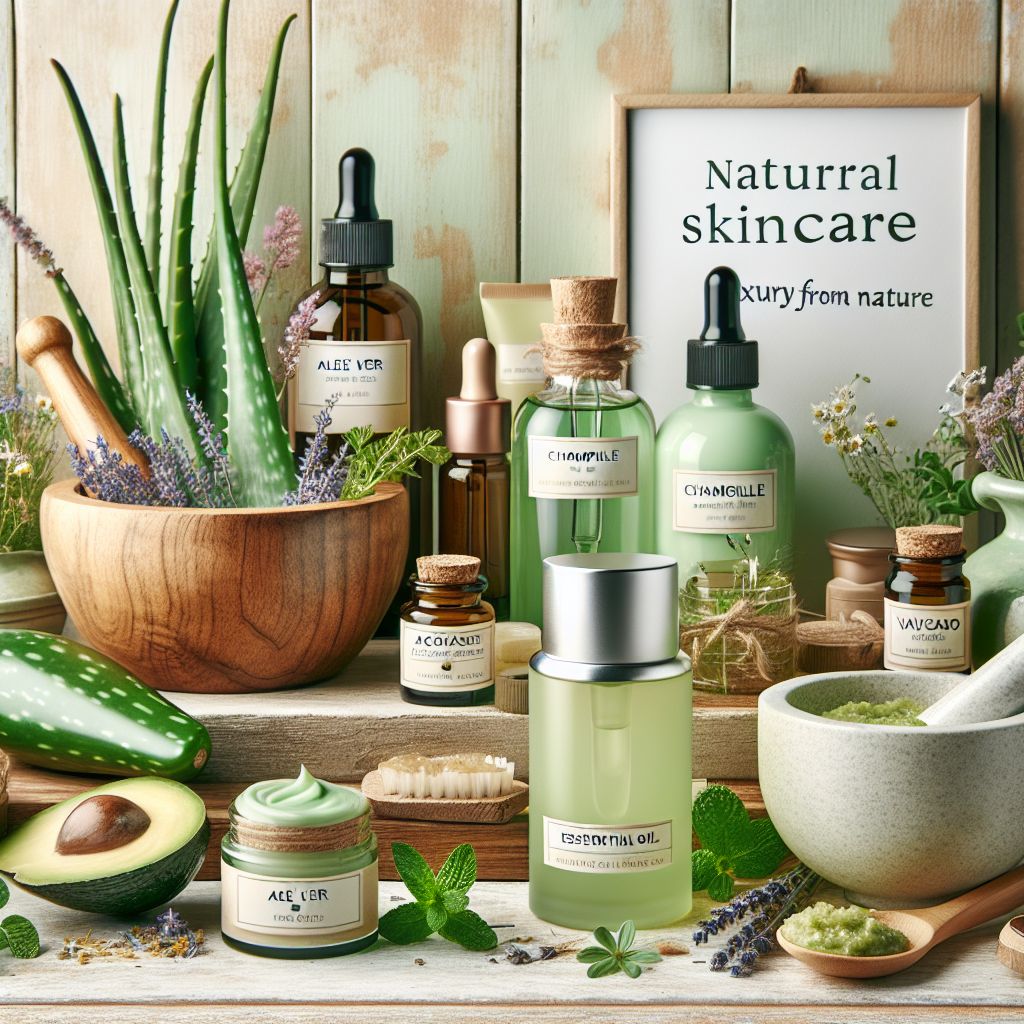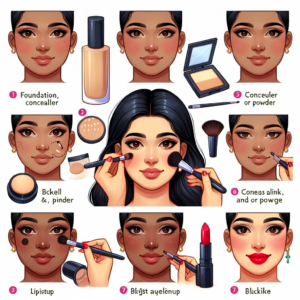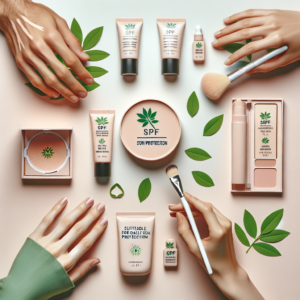
Key Takeaways
- Vegan SPF is essential for sensitive skin because it avoids harsh chemicals and potential allergens found in conventional sunscreens.
- Natural oils like coconut oil and red raspberry seed oil can provide some UV protection and are great for sensitive skin.
- Zinc oxide is a key ingredient in vegan sunscreen for effective broad-spectrum protection.
- DIY sunscreen recipes allow you to control the ingredients, ensuring they are natural, non-toxic, and suitable for your skin type.
- When using homemade sunscreen, remember to apply generously and reapply often, especially after swimming or sweating.
Why Choose Vegan SPF?
When it comes to protecting your skin from the sun’s harmful rays, not all sunscreens are created equal—especially if you have sensitive skin. Vegan SPF offers a solution that is not only kind to animals but also to your skin. Most importantly, it’s free from ingredients that can cause irritation or harm to your health and the environment. Besides that, it’s a sustainable choice that aligns with a cruelty-free lifestyle.
Understanding Sensitive Skin and Sun Damage
Sensitive skin reacts quickly to both heat and irritants, which can make sun protection a challenge. Sun damage, on the other hand, is a serious concern for all skin types. It can lead to premature aging, sunburns, and increase the risk of skin cancer. Therefore, it’s essential to find a sunscreen that protects effectively without causing additional irritation.
Chemical vs. Physical Sunscreens: A Brief Comparison
Chemical sunscreens absorb into the skin and then absorb UV rays, convert the rays into heat, and release them from the body. Physical sunscreens, also known as mineral sunscreens, sit on top of the skin and reflect the sun’s rays. The latter is often recommended for sensitive skin because it doesn’t penetrate the skin, reducing the risk of irritation.
Here’s a quick comparison:
| Chemical Sunscreens | Physical Sunscreens |
|---|---|
| Contain organic (carbon-based) compounds | Contain inorganic compounds like zinc oxide or titanium dioxide |
| Work by absorbing UV radiation | Work by reflecting UV radiation |
| Can sometimes irritate sensitive skin | Less likely to cause skin irritation |
The Importance of Natural Ingredients
For those with sensitive skin, the importance of natural ingredients cannot be overstated. They’re gentle, effective, and come from sources you can trust. Besides that, natural ingredients often provide additional benefits to the skin, such as hydration and antioxidants, which can help heal and protect the skin beyond just UV protection.
Key Ingredients for Vegan SPF
Creating a vegan sunscreen for sensitive skin means carefully selecting ingredients that offer protection without the potential for irritation. Let’s dive into some of these key ingredients that you can use to make your own vegan SPF at home.
Natural Oils and Their Protective Factors
Several natural oils offer varying degrees of UV protection along with skin-nourishing benefits. For instance:
- Coconut oil has an SPF of about 8
- Shea butter offers SPF of about 6-10
- Carrot seed oil has a natural SPF of 35-40
- Red raspberry seed oil can offer SPF of up to 50
While these oils provide some level of sun protection, they should be combined with other ingredients to achieve a higher and more comprehensive SPF.
The Role of Zinc Oxide and its Alternatives
Zinc oxide is a mineral that provides broad-spectrum protection against both UVA and UVB rays. It’s a staple in physical sunscreens because it’s non-toxic, less likely to cause irritation, and safe for all skin types. When choosing zinc oxide, make sure it’s non-nano, which means the particles are not small enough to penetrate the skin, making it safer for use.
Butters and Waxes: Texture and Consistency
Butters and waxes like shea butter and candelilla wax not only add a luxurious texture to your sunscreen but also help to stabilize the formulation, ensuring that it stays on your skin to provide protection. Shea butter, for instance, is rich in fatty acids and vitamins, making it an excellent ingredient for moisturizing and healing the skin.

DIY Vegan Sunscreen Recipes
Now, let’s put these ingredients into action with some DIY vegan sunscreen recipes. These recipes are straightforward, allowing you to create your own sunscreen at home with just a few natural ingredients.
Simple Shea Butter Sunblock
Let’s start with a basic recipe that’s gentle on the skin and easy to whip up. Shea butter not only provides natural sun protection but also moisturizes and repairs the skin. Here’s what you’ll need:
- 1/2 cup shea butter
- 1/4 cup coconut oil
- 2 tablespoons non-nano zinc oxide
- Optional: 1 teaspoon vitamin E oil for extra skin nourishment
To make this sunblock, melt the shea butter and coconut oil together in a double boiler. Once melted, remove from heat and let it cool slightly. Then, carefully stir in the zinc oxide, making sure there are no clumps. If you’re using vitamin E oil, add it now. Pour the mixture into a jar and let it set in the refrigerator. Apply liberally to all exposed skin when heading outdoors.
Coconut and Carrot Seed Oil Sunscreen
This sunscreen recipe takes advantage of the natural SPF properties of carrot seed oil. You’ll need:
- 1/4 cup virgin coconut oil
- 1/4 cup almond or olive oil
- 1/4 cup beeswax to solidify the mixture
- 2 tablespoons non-nano zinc oxide
- 10 drops of carrot seed oil
- Optional: a few drops of your favorite essential oil for fragrance
Melt the coconut oil, almond or olive oil, and beeswax in a double boiler. Once melted, remove from heat and let it cool a bit before adding the zinc oxide and carrot seed oil. Mix well to ensure even distribution of the zinc oxide. Pour into a container and let it set. Remember to stir the mixture as it cools to keep the zinc oxide from settling.
Zinc Oxide Water-Resistant Cream
For those who love swimming or are active outdoors, a water-resistant sunscreen is a must. This recipe includes beeswax, which helps to repel water. Gather these ingredients:
- 1/4 cup shea butter
- 1/4 cup coconut oil
- 1/4 cup beeswax
- 2 tablespoons non-nano zinc oxide
- Optional: 1 teaspoon red raspberry seed oil for added protection
Using a double boiler, melt the shea butter, coconut oil, and beeswax. Once fully melted, take off the heat and let it cool slightly. Stir in the zinc oxide and red raspberry seed oil until the mixture is smooth. Pour into a container and allow it to set. This sunscreen will be thicker and may require a bit more effort to spread on your skin, but it will stay on longer, especially in water.
Application Tips for Maximum Protection
Applying your homemade sunscreen correctly is just as important as the ingredients you use. Make sure to apply a generous layer to all exposed skin, and rub it in thoroughly. Because physical sunscreens sit on top of the skin, it should be visible at first. After a few minutes, the sunscreen should be absorbed into the skin, leaving a protective layer.
How Much Sunscreen to Apply
A common mistake is not using enough sunscreen. For full body coverage, aim to use about one ounce, which is enough to fill a shot glass. For just the face, a nickel-sized dollop should suffice.
Reapplying Sunscreen: When and How Often
Reapply sunscreen every two hours, or immediately after swimming, sweating, or towel drying. Even if you’re using water-resistant sunscreen, it’s crucial to reapply to maintain protection.
Storing Homemade Sunscreen for Longevity
Store your homemade sunscreen in a cool, dark place. If you’ve made a large batch, consider storing it in the refrigerator to extend its shelf life. Homemade sunscreen can typically last for up to six months when stored properly.
Safeguarding Your Skin and the Planet
By choosing to make your own vegan sunscreen, you’re not only protecting your skin but also taking a stand for the environment. Homemade sunscreens without harmful chemicals are better for marine life and don’t contribute to the pollution of our oceans.
Eco-friendly Practices: Biodegradable and Reef-Safe
When you make your sunscreen, you have the power to ensure that it’s biodegradable and reef-safe. This means it won’t harm aquatic life or contribute to the bleaching of coral reefs—a serious issue caused by some chemical sunscreens.
Knowing Your Sun Protection: Testing and Effectiveness
One thing to keep in mind with DIY sunscreen is that without laboratory testing, we can’t pinpoint the exact SPF rating. However, when we combine ingredients like zinc oxide with a known protective factor, we’re on the right track to creating a barrier against harmful rays.
“Remember, the effectiveness of homemade sunscreen isn’t just about the SPF. It’s also about how well you apply it and how often you reapply it.”
For peace of mind, it’s a good practice to use your homemade sunscreen in conjunction with other sun safety strategies. Wear a hat, seek shade during peak sun hours, and cover up with clothing when possible. That way, you’re not relying solely on your sunscreen to do all the work.
Most importantly, if you’re planning to spend a long time in the sun, consider using a commercially available sunscreen that’s been tested for SPF as part of your sun protection regime.
Adjusting for Skin Tones and Types
Every skin type has unique needs, especially when it comes to sun protection. Lighter skin tones might burn more quickly, while darker skin tones can still suffer from sun damage despite having more melanin. The beauty of making your own sunscreen is that you can adjust the ingredients to suit your skin type.
If you have very fair skin, you might want to increase the amount of zinc oxide in your recipe for added protection. For those with darker skin, finding a non-whitening formula is often a priority—using non-nano zinc oxide can help reduce the white cast left by mineral sunscreens.
Frequently Asked Questions (FAQ)
When it comes to vegan SPF and sensitive skin, there are always questions about safety, efficacy, and best practices. Let’s tackle some of the most common queries.
Can I achieve high SPF with homemade vegan recipes?
While you can create a sunscreen with a higher protective factor by increasing the concentration of ingredients like zinc oxide, it’s challenging to achieve a high SPF without precise measurement and testing. Homemade recipes can provide moderate protection, but for prolonged exposure or very sunny days, it’s best to use a tested high SPF product.
How long does DIY sunscreen last?
Homemade sunscreen can last for about six months if stored properly in a cool, dark place. If you notice any changes in color, smell, or texture, it’s time to whip up a fresh batch. Remember, heat and direct sunlight can shorten the lifespan of your sunscreen, so don’t leave it baking in the sun.
Are there any essential oils that naturally provide SPF?
Some essential oils, like carrot seed oil and red raspberry seed oil, are believed to offer some level of UV protection. However, the SPF value of these oils is not enough when used alone. They can complement the protective qualities of zinc oxide but should not replace it.
Always exercise caution with essential oils, as they can be potent and may cause skin sensitivity, especially in the sun.
Is it safe to use homemade sunscreen on children?
Homemade sunscreen can be safe for children, provided it’s made with non-toxic, gentle ingredients. However, children’s skin is more sensitive than adults’, so it’s crucial to do a patch test first. Additionally, keep a close eye on them while they’re in the sun, reapply sunscreen frequently, and ensure they wear protective clothing.
For babies under six months, it’s best to avoid direct sun exposure altogether, as their skin is highly sensitive.
How can I make sure my homemade sunscreen is evenly mixed?
To ensure even distribution of zinc oxide in your sunscreen, sift the powder to break up clumps before mixing it into your oils. During the cooling process, stir the mixture several times to prevent the zinc oxide from settling at the bottom. If the sunscreen still seems unevenly mixed, you can blend it with a hand mixer for a smoother consistency.
Applying your sunscreen in layers can also help ensure that you’re getting an even application on your skin.




